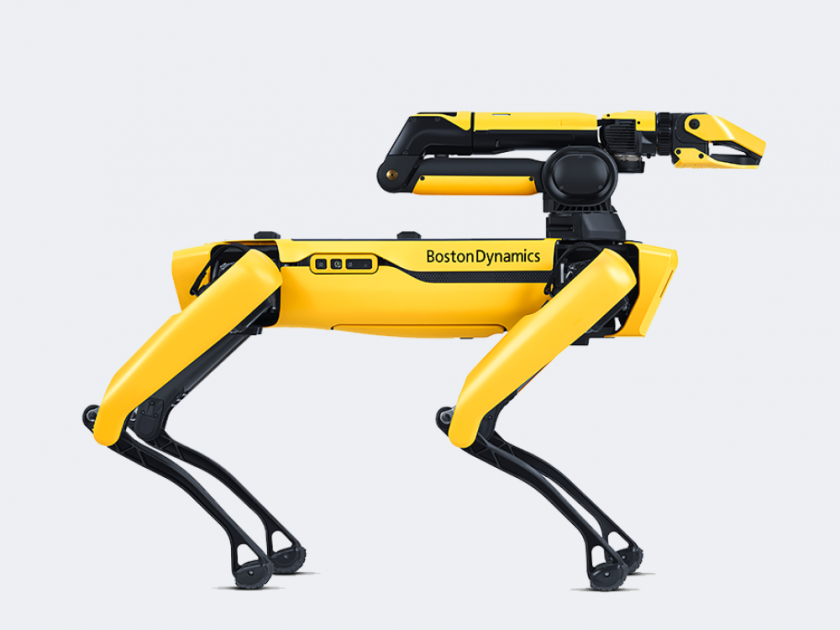More than 1,000 cameras scan highways statewide – some can “see” as far as three miles — streaming images available to travelers using COtrip.org, a Colorado Department of Transportation smartphone app. That’s separate from the growing network of photo radar cameras that measure speed.
CDOT officials describe their highway video surveillance as a backup for drivers seeking certainty on road conditions — information that is already available on a map via the app and from CDOT’s publicly accessible statewide network of weather stations.
They say expanded surveillance will also be useful for law enforcement and enable earlier detection of crashes and roadway obstructions to speed responses.
“Our goal is to provide reliable, consistent camera coverage in critical areas to best support highway safety and operations. The focus isn’t on simply having more cameras, but on having cameras we can count on, especially along mountain corridors where conditions can change rapidly,” CDOT spokeswoman Stacia Sellers said.
In an ideal world, CDOT would have “full visibility across Colorado’s critical highway infrastructure” with “cameras covering every key corridor and interchange,” Sellers said. “Financial and technical constraints” prevent that.
Colorado officials, nevertheless, have begun a retooling of highway surveillance. They’re launching the $8 million “intelligent transportation” expansion this month after removing 136 cameras, following the end of a contract with LiveView Technologies, due to what state officials deemed “poor performance,” Sellers said.
LVT cameras failed to operate 24/7 as required, Sellers said.
“Many cameras were down for extended periods, sometimes months, and CDOT could not directly troubleshoot or repair them since they were owned and operated by an outside vendor,” she said. “That created major gaps in coverage when we needed it most.”
Utah -based LVT, which promotes “AI-driven mobile security for every threat,” received less payment from CDOT for cameras that weren’t operating 95% of each day, LVT spokesman Matt Deighton said.
CDOT requested a new contract, “but the antiquated cameras required upgrading,” raising costs, and CDOT decided not to continue, Deighton said. Higher costs were essential to fund “necessary upgrades to aging equipment” and ensure uninterrupted surveillance in the future.
Before October 2027, CDOT crews will install 69 new cameras in remote areas, replacing some of those 136 cameras, which haven’t been operating since July 20.
For now, camera surveillance along parts of the often-clogged Interstate 70 corridor has become redundant. Mountain passes lacking connectivity remain relatively dark.
“Without fiber or reliable cellular coverage along many of the mountain passes, we currently cannot maintain cameras in some remote areas, which is why we are replacing 69 of the cameras in these areas,” Sellers said. “We recognize the importance of having cameras in these remote mountain corridors, especially in winter. However, where there is no cell service, there is no way to transmit camera data.”
It’s the same challenge drivers face if stranded and calling for help.
Across Colorado, surveillance along interstate highways is complete. Most of the 136 cameras removed last summer were positioned on state and U.S. highways in mountainous western Colorado. CDOT provided a list showing former contract LiveView locations where cameras were removed and where they will be replaced.
For camera coverage on the I-70 Vail Passwith its heavy truck traffic, “there will be no impacts,” Sellers said. On Berthoud Pass, which links I-70 with northwestern Colorado , a summit camera was removed. CDOT crews have set up a trailer equipped with a replacement camera so that surveillance of that highway will continue.
Even without expanded camera coverage, travelers can check highway conditions using the CDOT’s COtrip.org color-coded map, which indicates whether a road is dry, snow-packed, or icy.
“Cameras offer a backup visual confirmation for folks on what the roads look like,” Sellers said, while the road condition map “will let folks know what they are up against before leaving and provide the information they need.”
©2025 MediaNews Group, Inc. Visit at denverpost.com. Distributed by Tribune Content Agency, LLC.











